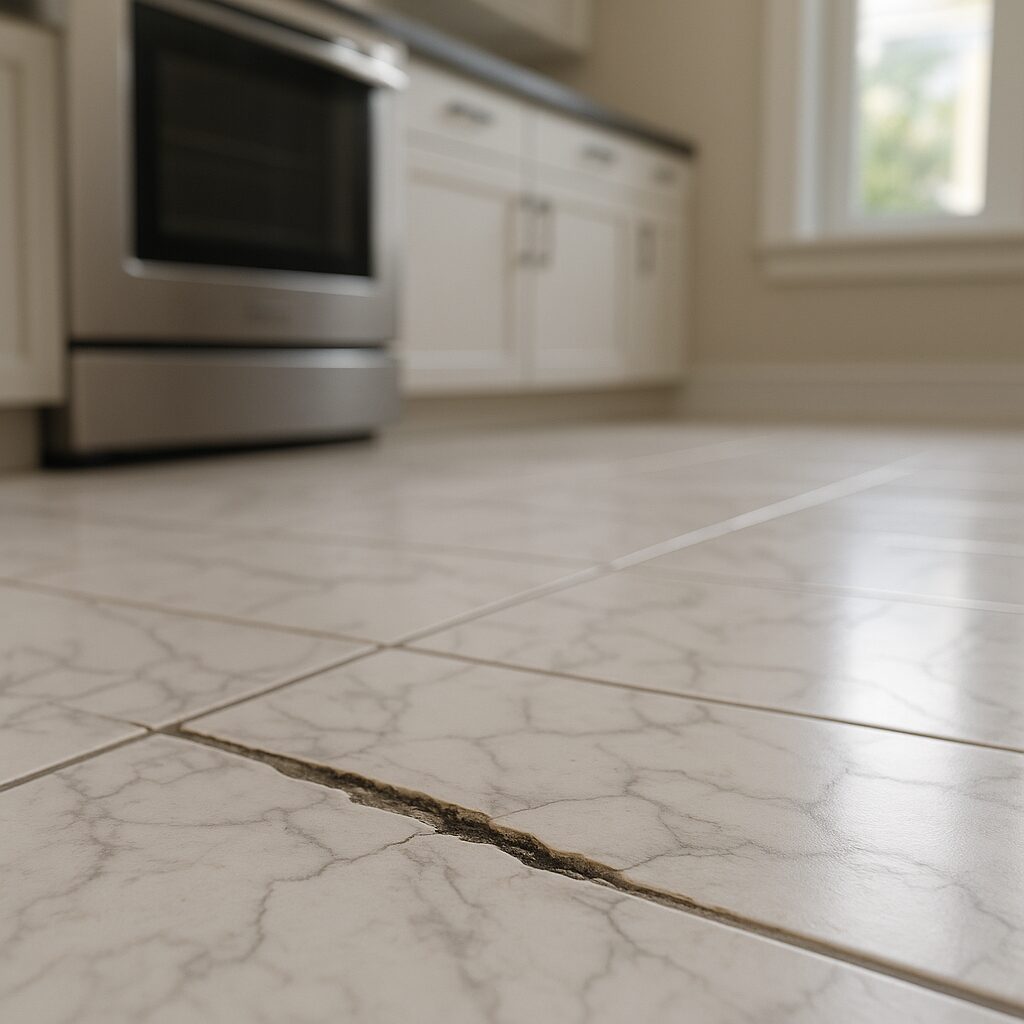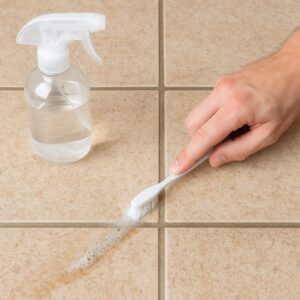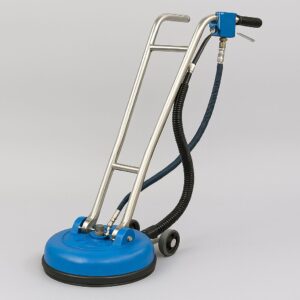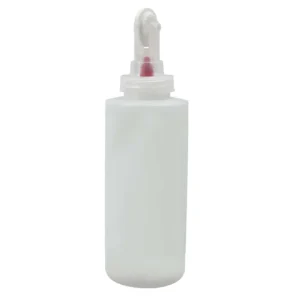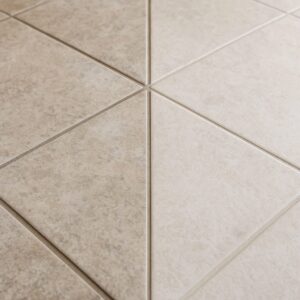When a ceiling leak occurs, most homeowners immediately worry about wet drywall or peeling paint. But what many overlook is the hidden risk below: grout damage that can lead to damaged floors and long-term structural issues.
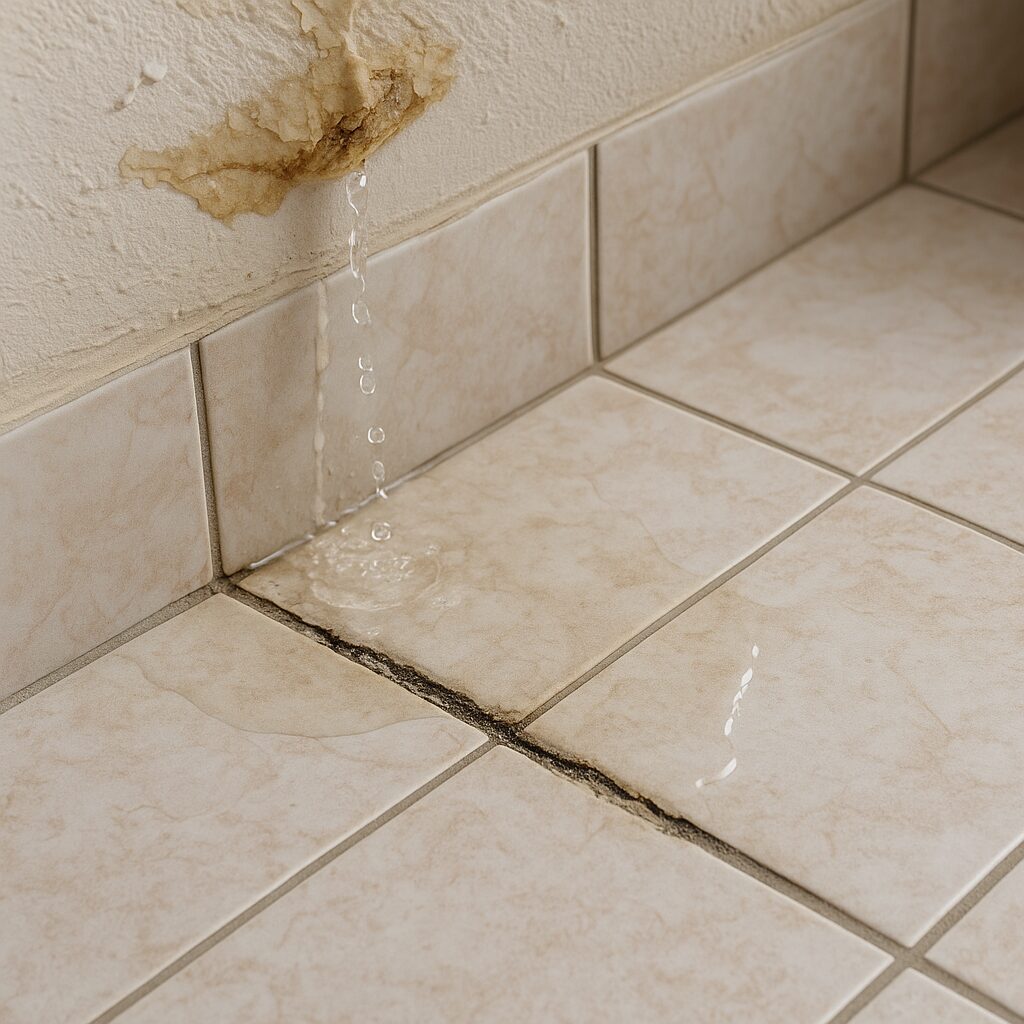
How a Ceiling Leak Affects Grout
When water seeps through ceilings, it doesn’t stop there. Furthermore, moisture continues downward, saturating surfaces like tile, grout, and even the subfloor. In addition, grout is a porous material that absorbs water easily. As a result, over time, this moisture weakens the bond, causing cracks, discoloration, and mold growth.
Even a slow drip can create significant grout damage. Water seeps between tile joints and spreads, compromising the seal meant to protect your flooring. As grout weakens, tiles loosen, and the subfloor underneath begins to warp. What starts as a small ceiling leak can quickly lead to costly damaged floors that require full replacement.
Long-Term Effects of Water Exposure
Water that seeps into grout lines doesn’t just dry up. It lingers, breaking down the minerals that give grout its strength. Over weeks or months, the surface starts to crumble or pit. This makes it easier for dirt, bacteria, and mildew to settle deep into the joints.
Trapped moisture often accelerates the deterioration process. Once grout begins to erode, your flooring loses its protective barrier. The damage may spread beyond the initial leak area, affecting nearby rooms or hallways.
Mold Growth in Untreated Grout Areas
Grout provides the perfect environment for mold to thrive: porous, damp, and dark. If a ceiling leak isn’t fixed quickly, mold colonies can form within days. You may notice musty smells or dark stains spreading along grout lines.
Mold isn’t just an aesthetic issue; in fact, it can affect indoor air quality and pose health risks, especially for children and older adults. Consequently, this is when homeowners call for professional cleaning. However, sometimes the grout is too far gone for restoration.
The Risk of Damaged Floors
As water continues to flow into grout joints, the tiles and subfloor beneath can weaken. In severe cases, wood subfloors swell and separate, causing tiles to lift or crack. What once seemed like minor grout damage now turns into damaged floors that require full replacement.
Tile movement can also damage nearby walls and baseboards. Once these materials absorb water, they become breeding grounds for bacteria and odor. Over time, even the foundation beneath your flooring can suffer if moisture remains trapped.
Common Signs of Grout Damage After a Leak
You don’t need to be an expert to spot early warning signs. If your home in Peoria or Glendale has experienced a ceiling leak, look for:
- Discolored or dark grout lines
- Cracked or uneven tiles
- Soft or hollow spots underfoot
- Persistent musty odors
- Efflorescence (white powdery residue on grout)
These indicators suggest that water has penetrated the grout and started to cause long-term harm.
Preventing Future Grout Damage
The best way to prevent grout deterioration is, first and foremost, early action. Once a ceiling leak is detected, the source must, therefore, be repaired immediately. Afterward, it is essential to have the affected grout inspected by a professional. Subsequently, cleaning and resealing grout creates, in turn, a protective barrier against future water intrusion.
It’s also wise to schedule routine maintenance for your flooring, especially in high-moisture areas like bathrooms, kitchens, and laundry rooms. Sealing grout annually helps maintain its durability and prevents damaged floors from recurring.
Professional Restoration vs. DIY Repairs
While many homeowners attempt to patch grout themselves, professional restoration ensures lasting results. Experts use specialized tools to extract moisture, remove stains, and regrout damaged areas. They also identify underlying water issues before they escalate.
Companies like Revive Tile & Grout in Peoria, AZ, specialize in identifying and repairing grout weakened by leaks. Their technicians clean, restore, and seal surfaces using advanced methods that extend the lifespan of your tile floors.
DIY fixes might seem cost-effective, but without removing trapped moisture, the problem often returns. Professional treatment not only restores appearance but also strengthens the grout’s integrity.
Why Timely Repair Matters
Delaying repairs after a ceiling leak allows water to spread and cause hidden damage. Consequently, in just a few weeks, grout can loosen, and tiles may start lifting. Furthermore, once subfloor damage occurs, repairs become more invasive and expensive.
Addressing grout damage promptly protects your flooring investment and your home’s value. In regions like Peoria, where tile floors are popular due to their durability, proper maintenance is essential.
Trust the Experts at Revive Tile & Grout
If your home has suffered a ceiling leak, don’t wait for the signs of water damage to worsen. Revive Tile & Grout offers professional restoration services that bring your floors back to life. Their local team understands Arizona’s unique climate challenges and provides lasting protection against moisture damage.
They can clean, repair, and seal your grout to restore strength and prevent future leaks from causing damaged floors. With the right maintenance plan, your tile surfaces can stay beautiful and durable for years.
Final Thoughts
A ceiling leak might seem like a minor issue, but its effects on grout can be devastating. Moisture trapped beneath tiles can lead to structural weakness, discoloration, and costly repairs. Acting quickly and investing in professional grout restoration is the best way to prevent long-term grout damage in your Peoria, AZ home.
Contact Revive Tile & Grout today to schedule a professional grout inspection; furthermore, protect your floors before small leaks become major headaches.

